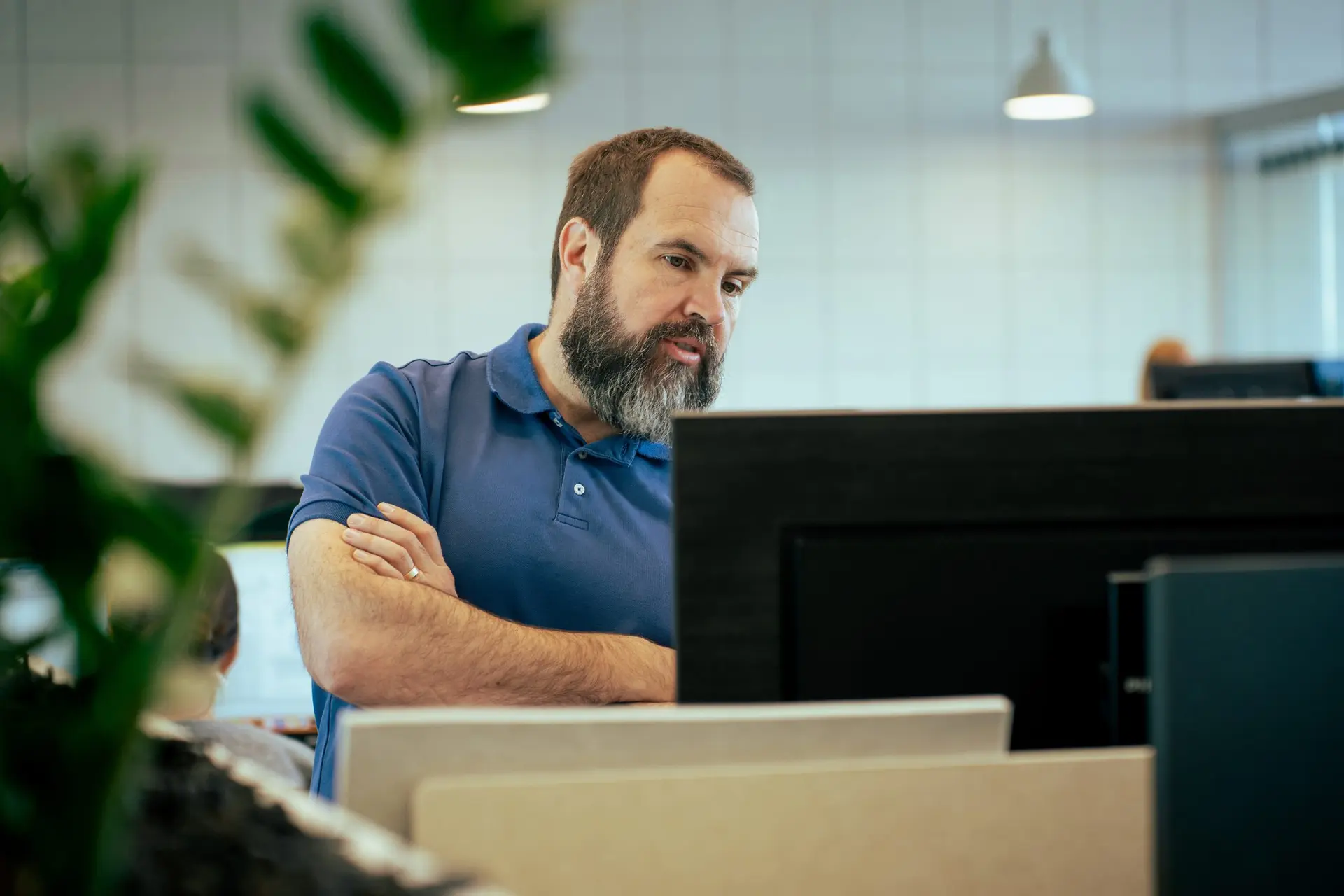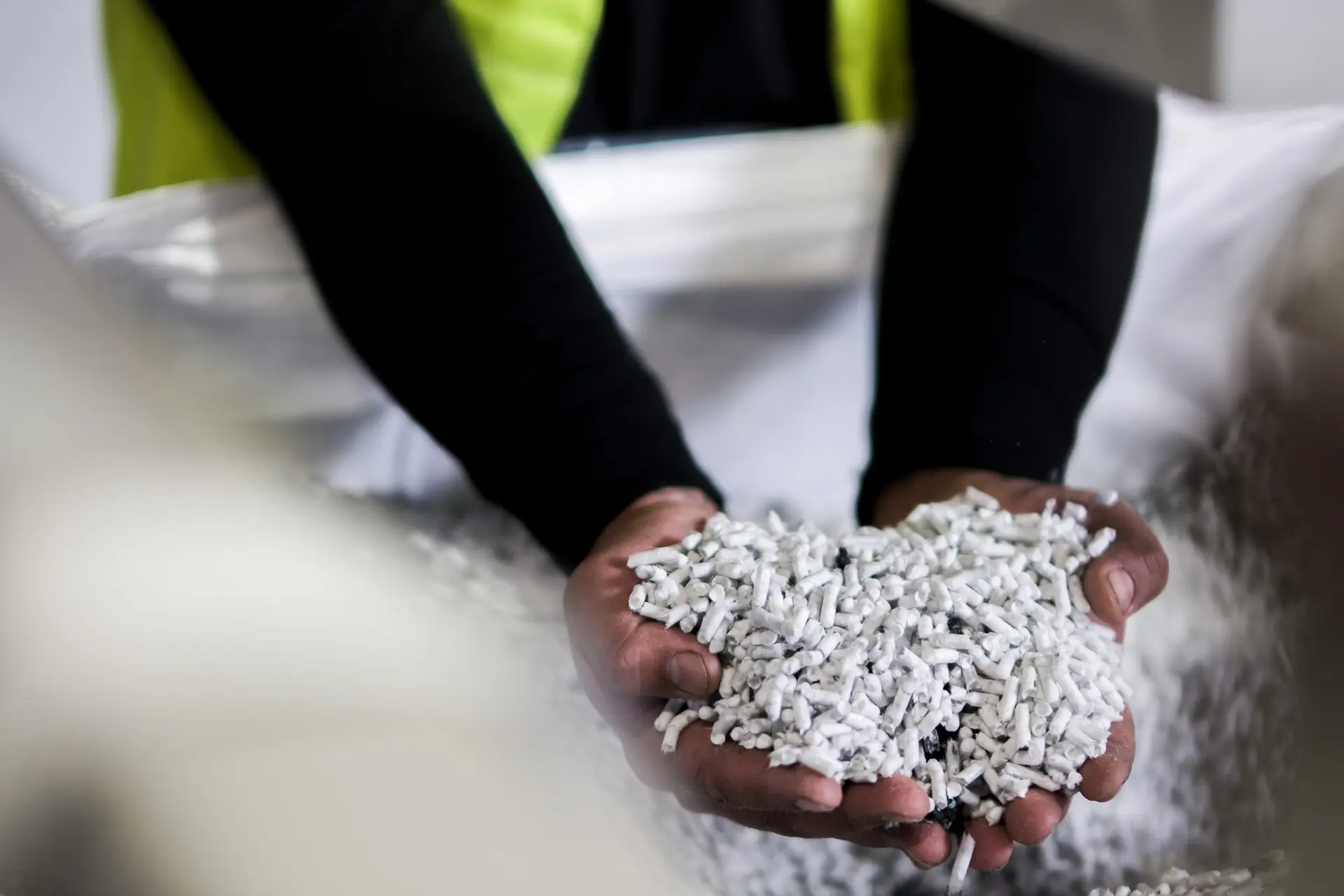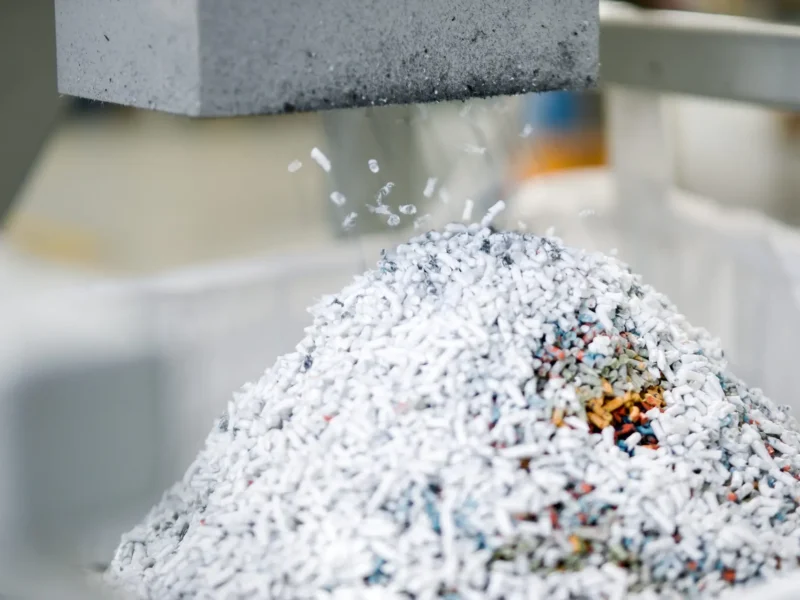Creating a world-first technology is rarely simple or smooth. There are twists, turns, setbacks, and fresh starts. But when it all comes together, the result is a powerful reminder that every challenge was worth it.
For Autex Future Lab, the proud creators of the world’s first Pelletiser, the design journey was just that: a long road marked by plenty of dead ends.
“The Pelletiser project started as a search for existing technology, we searched the world and couldn’t find a simple effective process. So, we had a go at making one,” says Jonathan Mountfort, Autex Future Lab’s Creative Director.
“The thought behind the project was, ‘If this textile has come from a solid material, then a truly circular product should be able to return to a solid material’. There ended up being seven reworks, and now that it’s running I can see more opportunities for development. It will only get better.”

A major challenge for the team was learning how to standardise the material output, with varying material densities causing inconsistent results.
“We took twice as long as we set out to, and nearly doubled the cost — as you would expect when designing an industry first technology,” Mountfort quips.
The development of this machine gives Autex Acoustics® a powerful, practical way to manufacture their products more sustainably. Collecting used products and off-cuts is a good start — but turning them into something useful extends the material’s life and directly cuts down on landfill waste.
“Because the product entering the Pelletiser is made of our material, the SpinFix adhesive-free mounting kits or Frontier End Caps (accessories made from pelletised PET) can be recycled with our products or through the standard curbside recycling schemes globally.”
The development and implementation of the Pelletiser as a core part of the Autex Acoustics manufacturing process is just the first step.
“Our aim is to make this process widely available,” Mountfort says. “While this is an important and pioneering achievement for our business, it is just another step in our continual effort to reduce our impact on our natural environment. Now that we have rolled this technology out to each of the countries that we operate in, we want to ensure that we continue to improve, increase, and partner with other businesses in the industry to scale the capacity. Eventually we can build out an industry solely fueled by reclaimed materials that are re-manufactured into high-value long-lasting products.”

